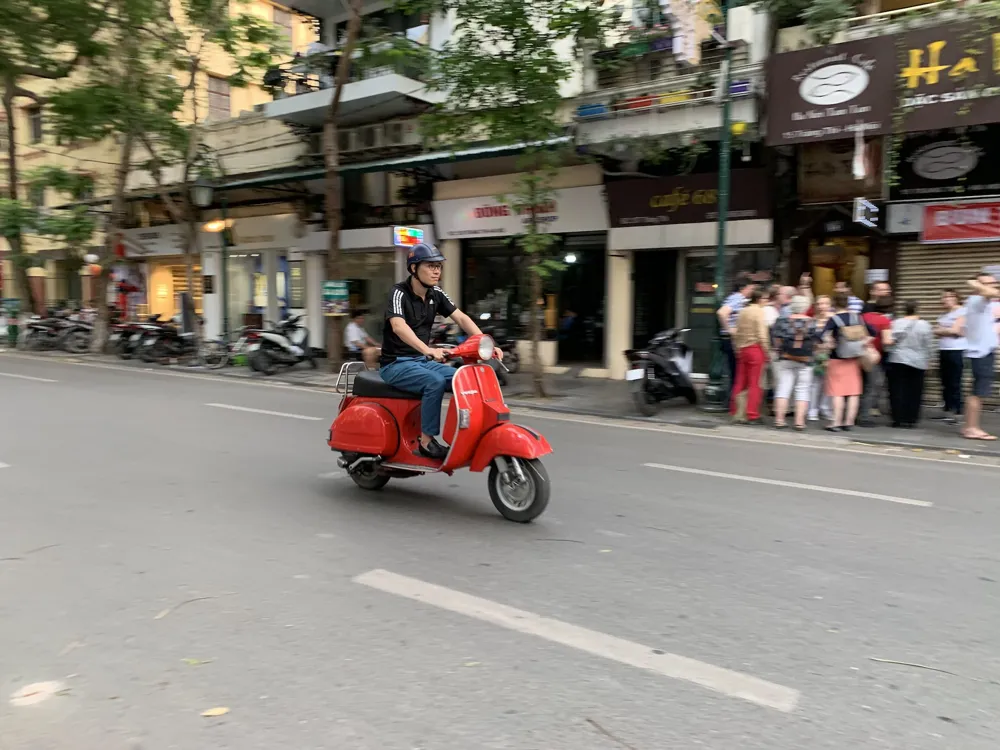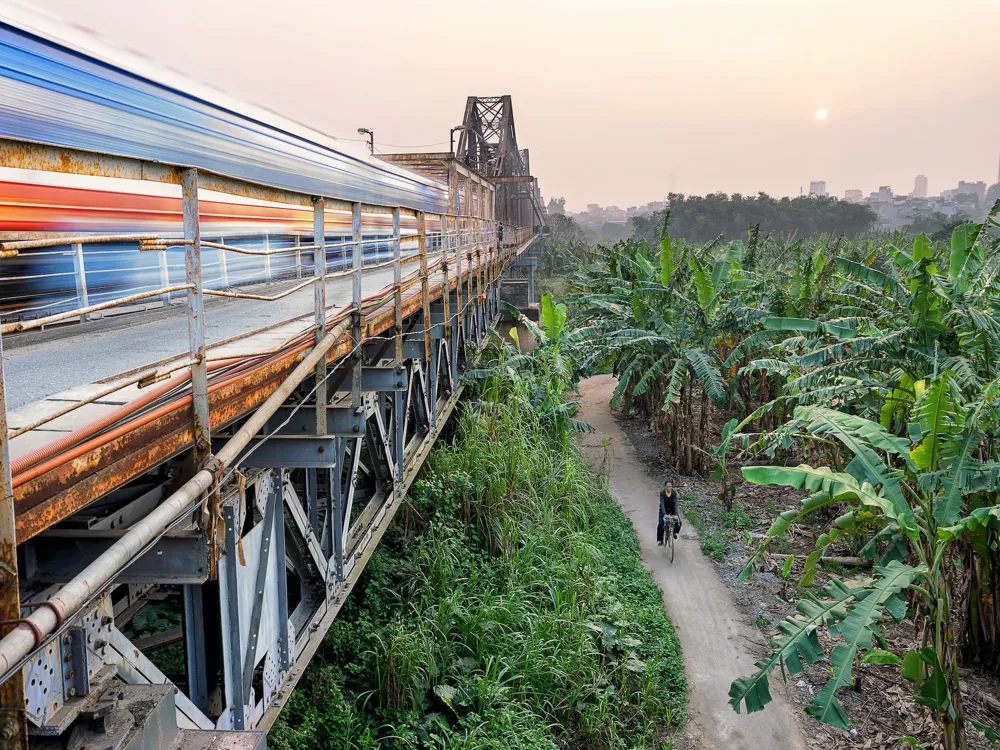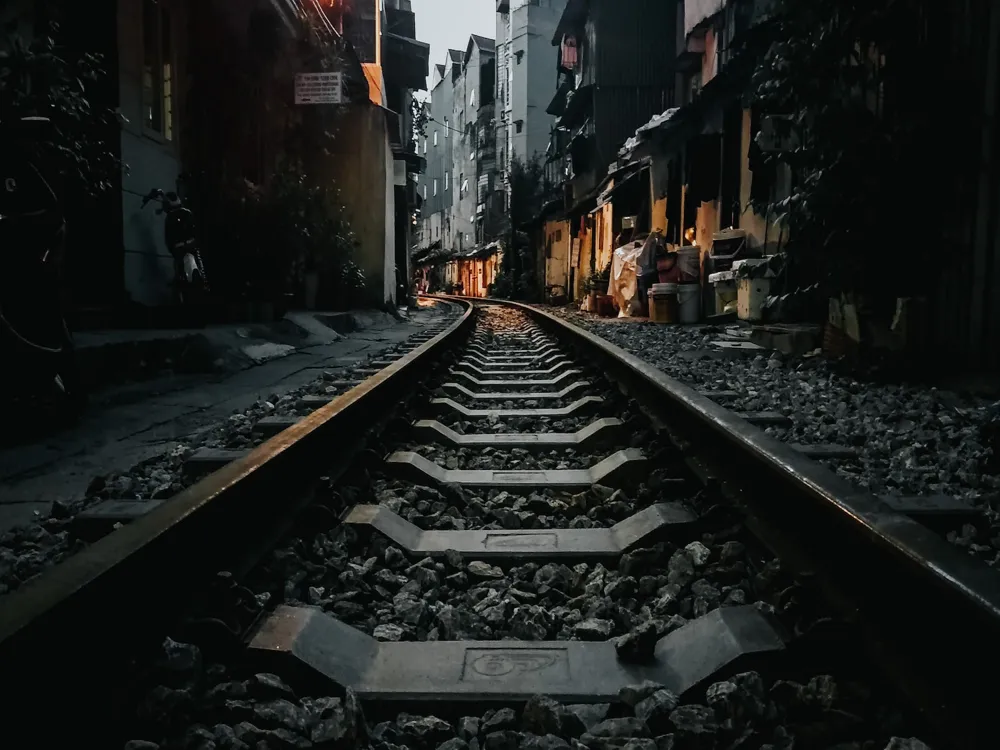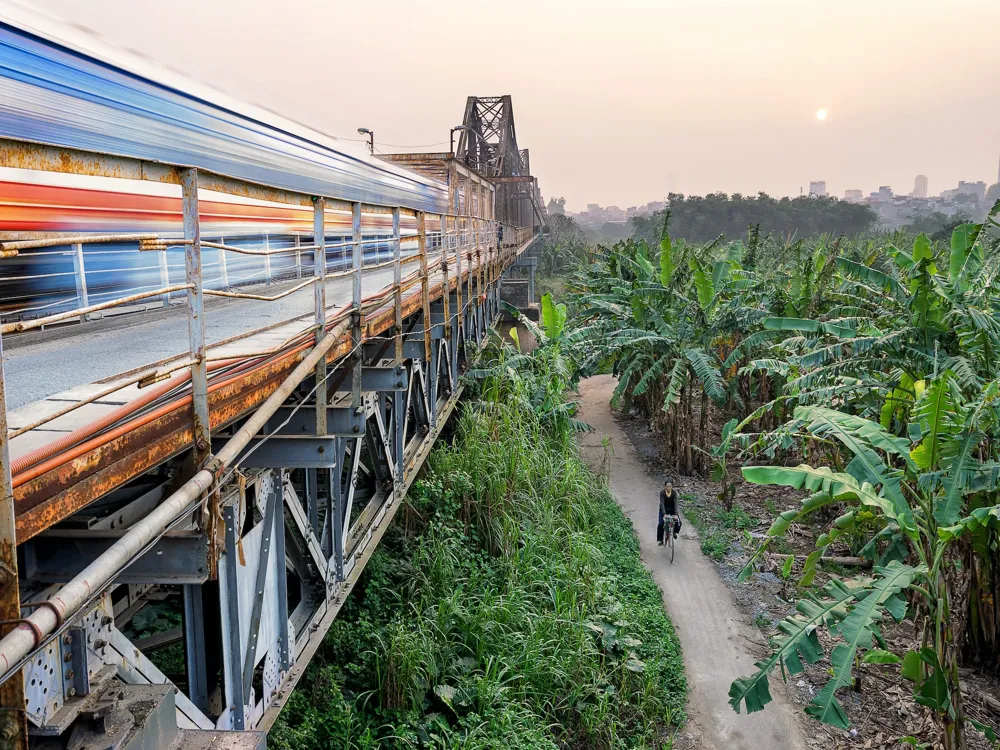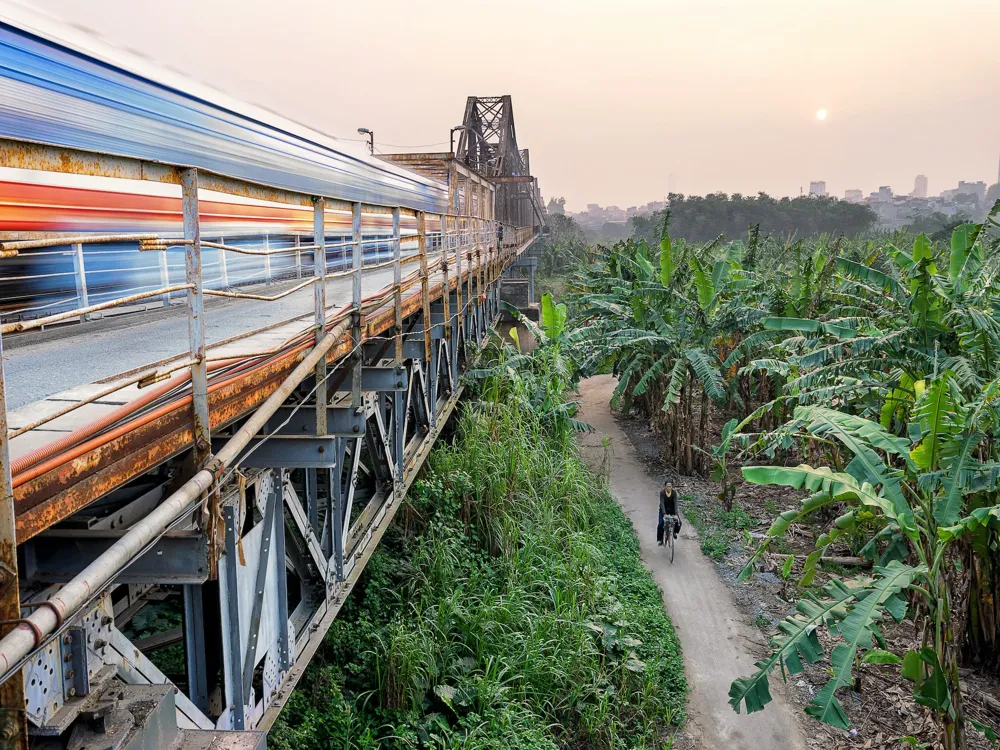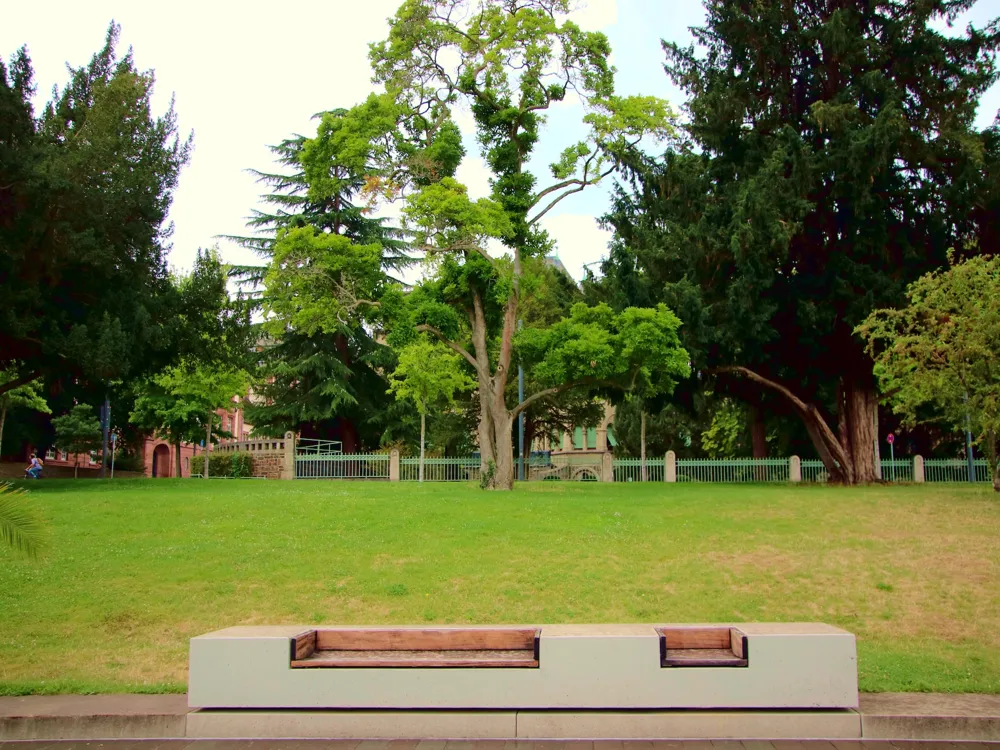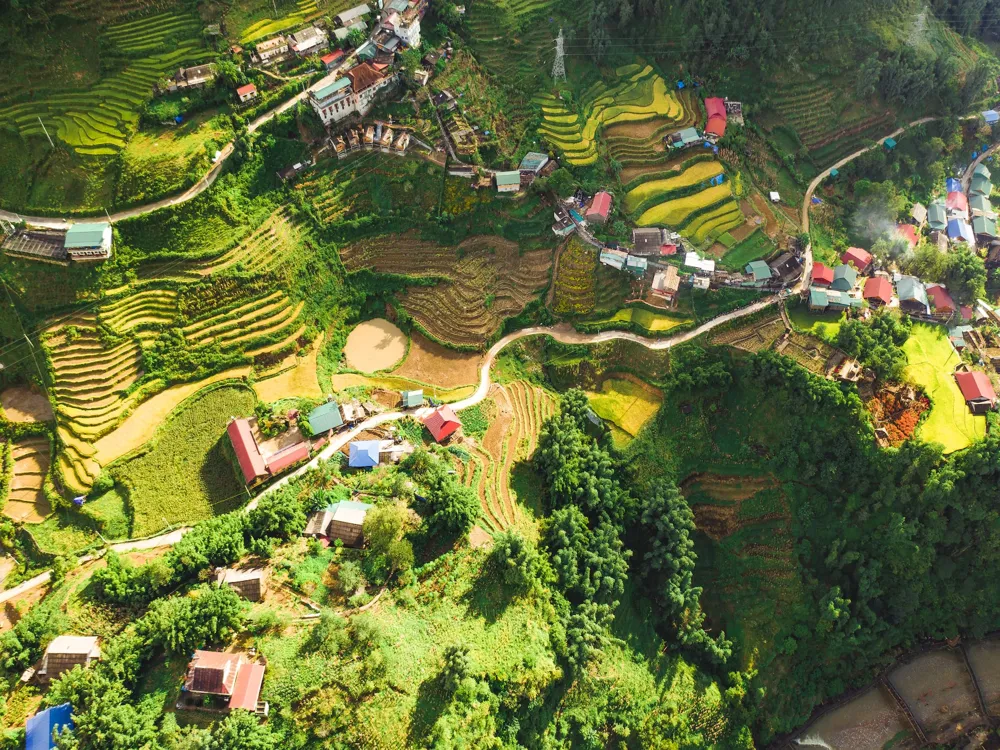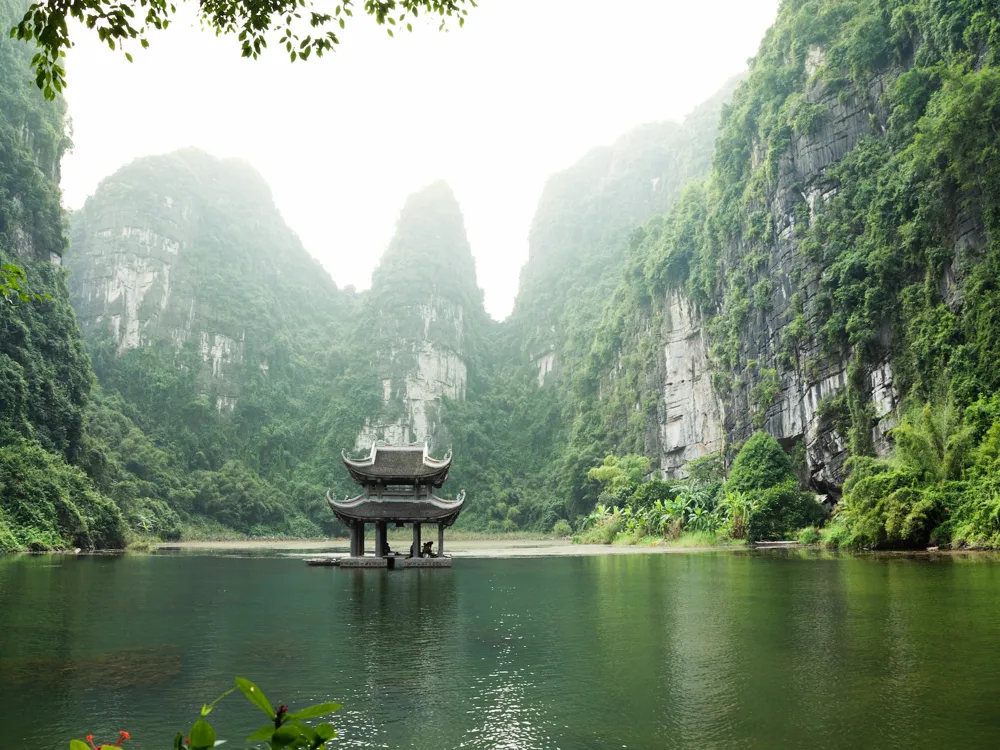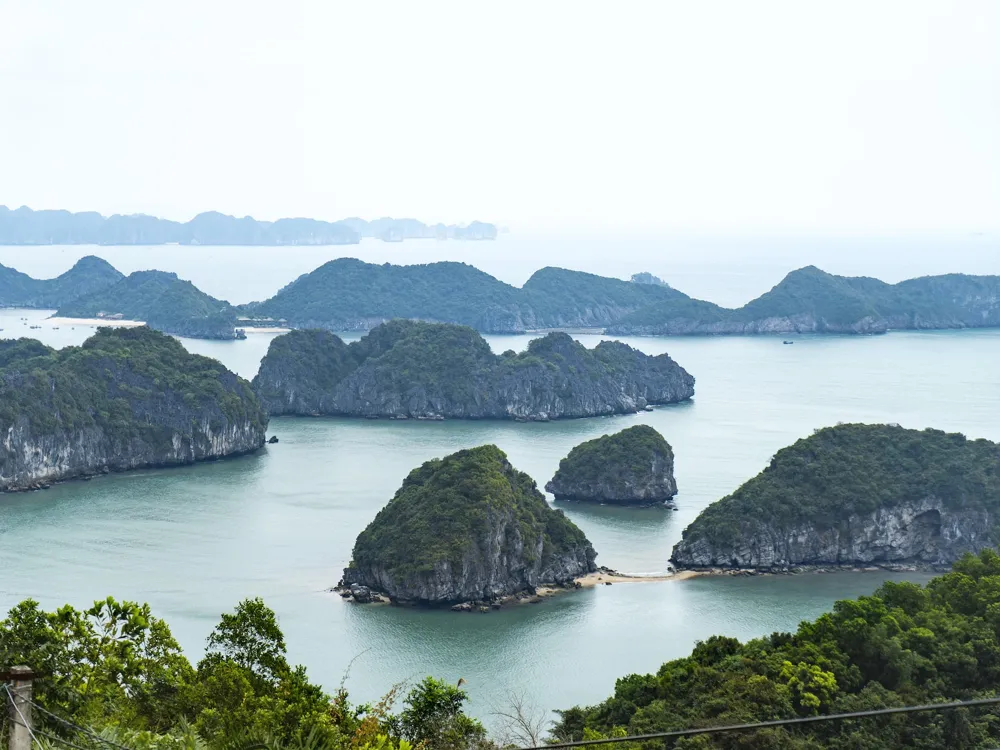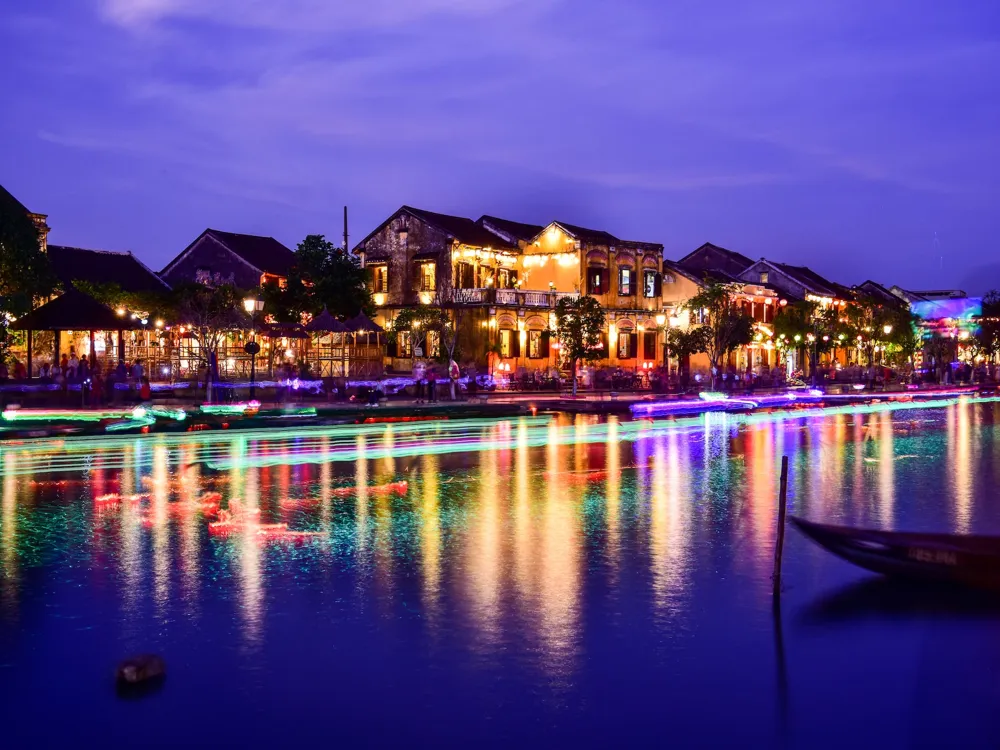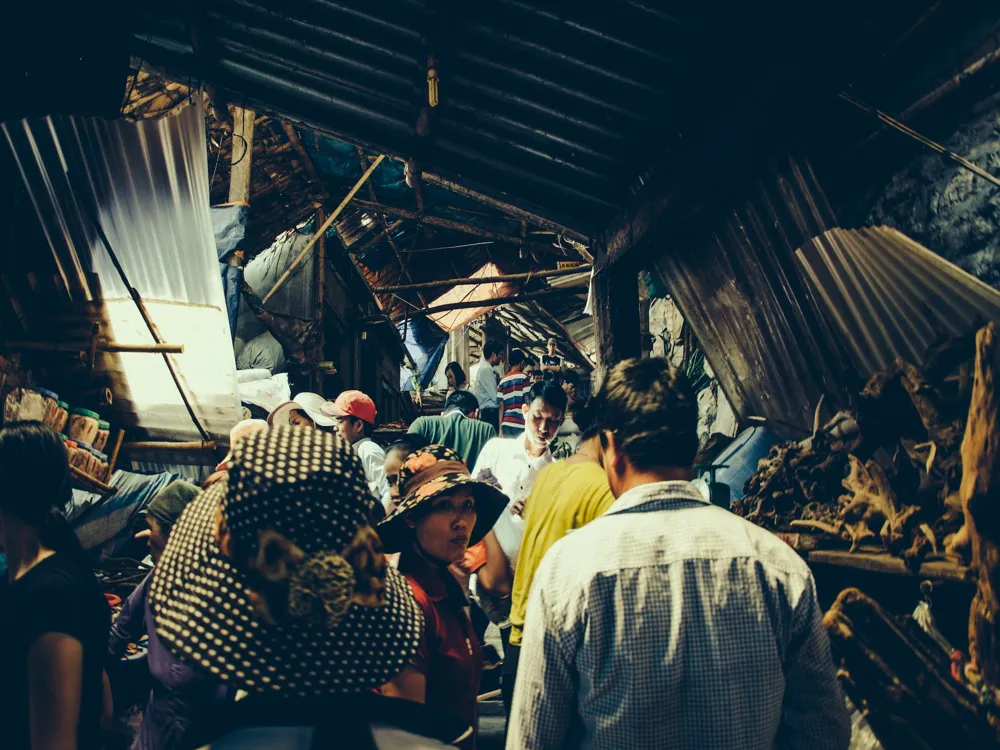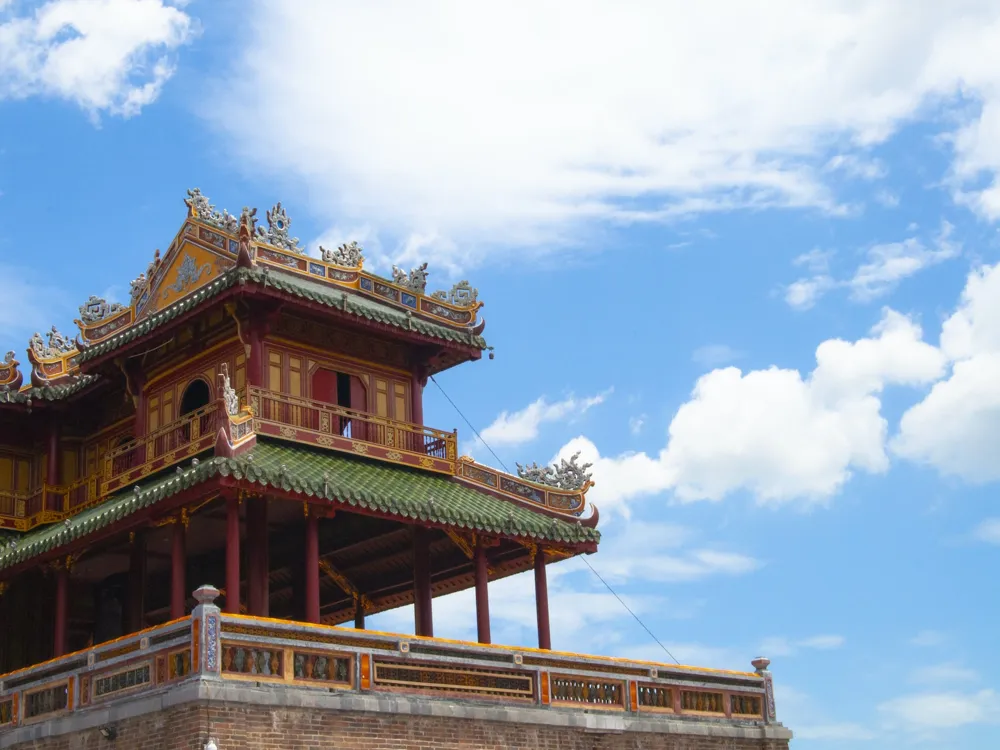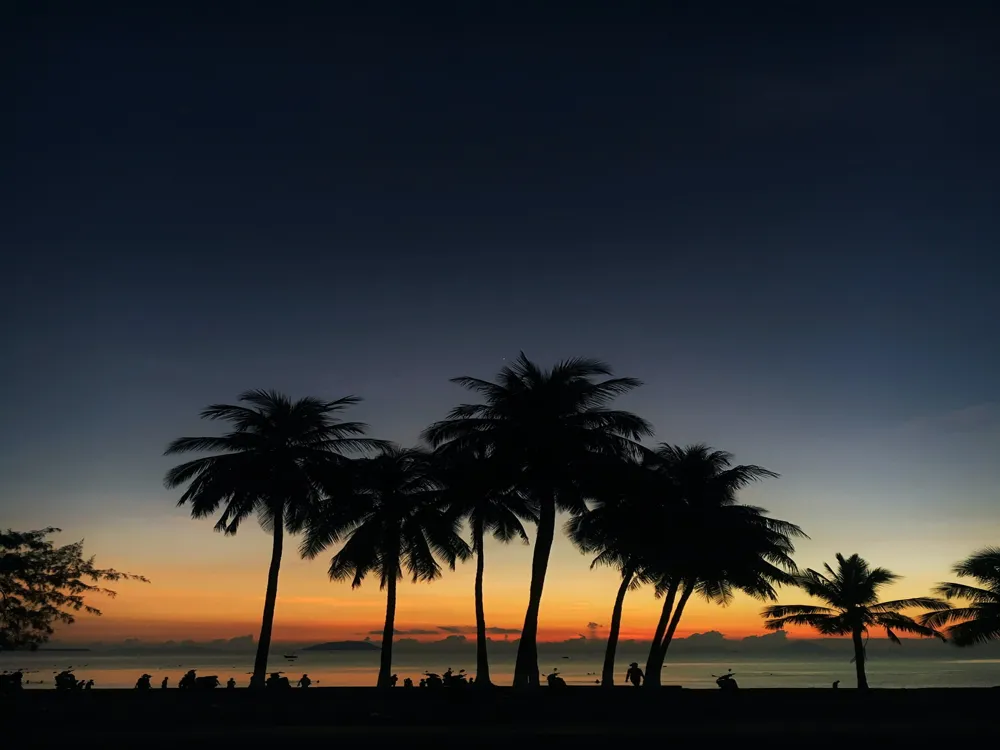Hanoi, the capital city of Vietnam, is a fascinating blend of East and West, combining traditional Sino-Vietnamese motifs with French flair. It's a city where the chaotic streets of the Old Quarter sit comfortably alongside tree-lined boulevards and modern infrastructure. Hanoi is not just the political heart of Vietnam but also a cultural and historical center. The city's history is a complex tapestry, with more than a thousand years of detailed chapters, from its establishment as the capital of Imperial Vietnam to its time as the French colonial capital of Indochina, and finally, as the capital of a reunified Vietnam. Stepping into Hanoi is like entering a world where the past coexists with the present. The city is over 1000 years old, and its rich history is evident in the well-preserved temples, ancient citadels, unique theatre, and stunning wilderness just outside the city. Hanoi's famous Old Quarter is a testament to its history, with narrow streets and alleys, colonial architecture, and vibrant markets that have been trading for centuries. Amidst the hustle and bustle, you'll find peaceful parks and tranquil lakes, a reminder of the city's capacity for serenity amidst chaos. The city's cultural fabric is as rich as its history. Traditional Vietnamese art and music scenes thrive here, from the centuries-old art of water puppetry to contemporary galleries showcasing local and international artists. The city is also a culinary paradise, offering a tantalizing array of flavors from street food vendors to high-end restaurants. Dishes like Pho, Banh Mi, and Bun Cha are not just food; they are a part of Hanoi's soul, each bite a taste of the city's history and its dynamic present. Hanoi's political significance is equally notable. As the capital, it's the center of government and administration, playing a crucial role in shaping the country's future. This blend of past and present, of cultural depth and political significance, makes Hanoi a uniquely fascinating city, not just within Vietnam but in the larger context of Southeast Asia. Hanoi's architecture is a vivid tapestry that narrates the story of the city's past and present. The cityscape is a stunning mosaic of ancient temples, French colonial buildings, Soviet-style complexes, and modern skyscrapers, each representing different eras in Hanoi's history. The Old Quarter of Hanoi, also known as '36 Old Streets,' is a window into the city's ancient architecture. These narrow streets are lined with old shophouses where merchants have traded for centuries. The architecture here is predominantly influenced by Chinese and Vietnamese designs, with small courtyards, intricate wooden balconies, and tiled roofs. It's a bustling area, where the energy of the city's commerce and daily life can be felt most intensely. In contrast, the French Quarter speaks of a different time. During the French colonial era, Hanoi underwent significant transformations. Wide boulevards were lined with opulent villas and administrative buildings in the French architectural style, characterized by their ornate facades, large windows, and balconies. Notable examples include the Hanoi Opera House and the Presidential Palace. These structures serve as a reminder of Vietnam's colonial past, but also of the fusion of cultures that defines much of Hanoi's character. Post-war Hanoi saw the introduction of Soviet-influenced architecture, with large, block-style buildings that prioritized function over form. These structures symbolized the new political alignment and aspirations of the nation during that era. Today, modern skyscrapers and high-rise buildings are transforming the skyline of Hanoi, reflecting the city's rapid economic growth and modernization. One cannot discuss Hanoi's architecture without mentioning its spiritual structures. The city is dotted with ancient temples and pagodas, each with its own unique story. The Temple of Literature, for instance, is a renowned Confucian temple that also housed Vietnam's first national university. Its architecture is a beautiful example of traditional Vietnamese design, with serene courtyards, intricate gateways, and red-lacquered pillars that stand as a testament to the city's scholarly past. Throughout all these architectural transitions, Hanoi has managed to preserve its identity and charm. The city's architecture is not just a collection of structures; it's a reflection of Hanoi's resilience, its adaptation to change, and its enduring spirit. The best time to visit Hanoi is during the spring (from March to April) and autumn (from September to November) when the weather is pleasant with milder temperatures and less rain. The city blooms in spring with vibrant flowers, and autumn sees a cooler, more comfortable climate. Getting around Hanoi can be an adventure in itself. The city is well-connected by a network of buses, and taxis are readily available. For a more authentic experience, try the cyclo or motorbike taxis. Be mindful of the traffic, as Hanoi's streets can be chaotic. Hanoi is a food lover's paradise. Don't miss out on local specialties like Pho, Bun Cha, and Banh Mi. Street food tours are an excellent way to explore the city's culinary delights. Remember to drink plenty of water, especially if you're not accustomed to the local spices. Respect the local customs and traditions. Dress modestly when visiting temples and pagodas. It's customary to remove shoes before entering someone's home or a place of worship. Remember to bargain when shopping in markets, but do so respectfully. Don't miss the Hoan Kiem Lake, the Old Quarter, the Temple of Literature, and the Ho Chi Minh Mausoleum. Each of these places offers a unique glimpse into Hanoi's rich history and culture. Hanoi is accessible by air, with the Noi Bai International Airport serving as the main gateway. The airport is well-connected to major cities across the world. If you're traveling from within Vietnam or neighboring countries, trains and buses are also viable options. The city's train station, Hanoi Railway Station, is a hub for many national and international routes. For a more scenic route, consider traveling by road to enjoy the picturesque countryside of Vietnam.Overview of Hanoi
Architecture of Hanoi
Tips When Visiting Hanoi
Best Time to Visit
Transportation Tips
Local Cuisine
Cultural Etiquette
Must-Visit Attractions
How To Reach Hanoi
Voi Phuc Temple
Hanoi
₹ 15,260 onwards
View hanoi Packages
Weather :
Tags : Temple
Time Required : 30 minutes - 1 hour
Planning a Trip? Ask Your Question
Hanoi Travel Packages
View All Packages For Hanoi
Top Hotel Collections for Hanoi

Private Pool

Luxury Hotels

5-Star Hotels

Pet Friendly
Top Hotels Near Hanoi
Other Top Ranking Places In Hanoi
View All Places To Visit In hanoi
View hanoi Packages
Weather :
Tags : Temple
Time Required : 30 minutes - 1 hour
Planning a Trip? Ask Your Question
Hanoi Travel Packages
View All Packages For Hanoi
Top Hotel Collections for Hanoi

Private Pool

Luxury Hotels

5-Star Hotels

Pet Friendly







